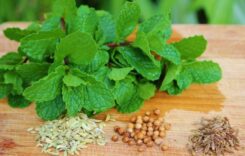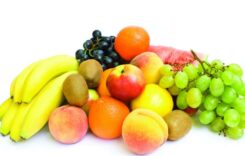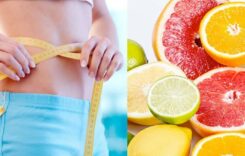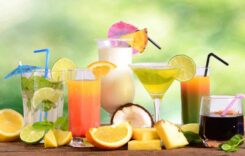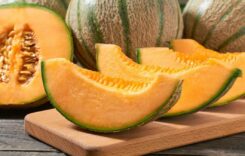Ever since 1909, when scientific expert Leo Baekeland created Bakelite — the first genuine synthetic, mass-delivered plastic — researchers have depended on an altogether unnatural procedure for making the stuff.
Prior to at that point, researchers were attempting to make a tough, light material utilizing elastic latex from plants or shellac from insect emissions. Indeed, even celluloid was made generally from plant cellulose.
In any case, while raw petroleum remains a key part, plastic simply has too numerous other thorny chemical properties to go effectively back to the earth from whence it came. Blame it on additives — dyes, fillers and flame retardants.
This may represent our woeful failure to control it today.
In any case, researchers at Berkeley Labs have built up another strain of plastic that they state has all the vaunted properties of current polymers — yet in addition happens to be 100 percent recyclable.
In an investigation distributed in April in Nature Chemistry, the group portrays another sort of plastic that can be separated at the molecular level. Therefore, that plastic can be completely recouped and made into new things as unblemished as the original.
“Most plastics were never made to be recycled,” lead author Peter Christensen from Berkeley Lab’s Molecular Foundry noted in a statement. “But we have discovered a new way to assemble plastics that takes recycling into consideration from a molecular perspective.”
If you had a reusing canister brimming with things produced using that new plastic, every last bit of it would finish up in another person’s reusing bin and after that another person’s container everlastingly.
Obviously, the key is ensure it winds up in that receptacle. As opposed to, say, the Indian Ocean. At any rate, the Berkeley group proposes, the new plastic could drastically facilitate the weight on landfills and even make the very muddled business of recycling a lot smoother.
A big reason why recycling frequently misses the mark, the analysts note, is because of the added additives. The reusing procedure is regularly gummed up by chemicals compounds that stick to monomers — the little aggravates that wire to move toward becoming polymers. All things considered, it’s difficult to scour those polymers clean at the recycling plant. At last, plastics with varying synthetic sytheses are altogether lumped together at the plant, making it difficult to anticipate what the recycled product will look like.
What’s more, as the group notes in the release, sturdiness of that recycled product endures. Plastic doesn’t get a ton of rides on the recycling train before it turns out to be basically useless.
Enter the new plastic — a material the Berkeley team dubs polydiketoenamine, or PDK. In contrast to the customary stuff, a corrosive shower is all that is expected to scour its monomers clean from each one of those clingy added additives. From that point, those essential monomers form the structure squares of the following plastic product — regardless of whether it’s a water bottle or a kid’s lunch bucket. Since the plastic is separated into its most essential parts, and developed once more, there is no misfortune in quality or durability.
Reusing could really turn into the ideal circle it was imagined to be.
“This is an exciting time to start thinking about how to design both materials and recycling facilities to enable circular plastics,” one of the study authors, Brett Helms, notes in the release.
Could there truly be an extraordinary future in plastics — once more?
The trap will be to get PDK out of a Berkeley lab and into dissemination, an overwhelming however progressively earnest recommendation considering the toll conventional plastic is taking on our planet.
Be that as it may, the specialists state this plastic won’t be discharged into the wild presently.They’re working on adding natural materials to PDK, hoping to make it not only strong and durable but greener.




